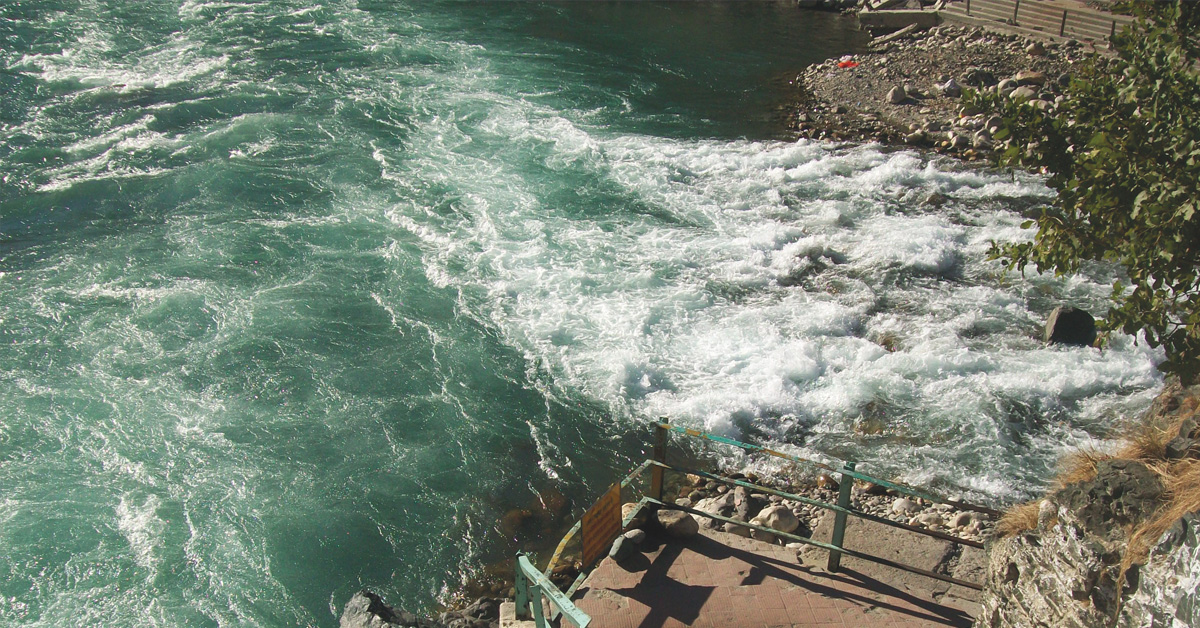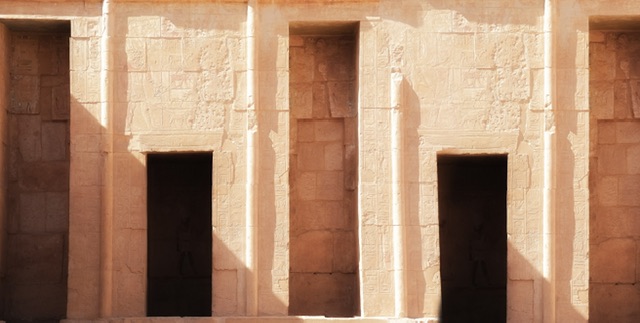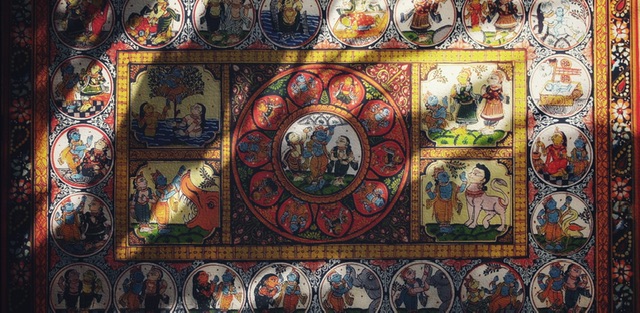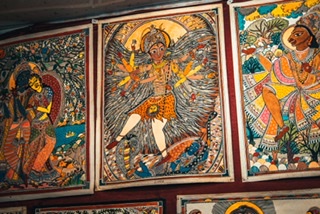Ganga has been called as the tirath of kaliyug. This tirath is fast receding. It is said that once Ganga retreats completely, kaliyug will end a few years after that. In this series of articles, we will attempt to trace the epic journey of Ganga, from Gomukh to Gangasagar. Har Har Gange!
In the previous issue, we had started narrating the story of Alaknanda. After the resplendent journey through the mountains, in its course to meet the Bhagirathi at Devprayag, Alaknanda river merges with the other tributaries at 5 different confluences called the Panch Prayag. These Panch Prayag are: Vishnuprayag, Nandaprayag, Karnaprayag, Rudraprayag and Devprayag, in the descending flow sequence of their occurrence.
Panch Prayag – The Holy Confluence
‘Prayag’ means confluence of two or more rivers where ablutions (bathing) before worship, ancestrol rites called the Shraddha (the last rites) for the departed and worship of the river itself as manifestation of god are a prevalent practice. The Prayags are rich not only as mouthpieces of glorious past of Bharatvarsha but also in scenic beauty of the Himalayan snow-covered peaks and enchanting valleys.
Vishnu Prayag
Vishnuprayag lies at the confluence of Alaknanda River and Dhauliganga River, in Chamoli district in Uttarakhand. Vishnuprayag derives its name from Lord Vishnu. According to scriptures, it is the place where Sage Narad performed sadhna to manifest Lord Vishnu before him. An octagonal shaped temple is located near the confluence that is dated to 1889, and is credited to the Maharani of Indore – Ahalyabai. A stairway from this temple leads to the confluence. There is also a temple dedicated to Lord Hanuman in the area, called Hanuman Chatti.
Nandaprayag
Nand Prayag is the second prayag in the cascade sequence of the confluences where the Nandakini River joins the main Alaknanda River.
According to legends, a noble King Nanda performed a grand yagya here and sought blessings of God. The other version of the legend states that the confluence derives its name from the Yadava king Nanda, the foster-father of Lord Krishna. There is a temple for Gopal, a form of Krishna, here. The legends also narrate that sage Kanva did penance here and also that wedding of King Dushyanta and Shakuntala took place at this venue.
Karnaprayag
Karn Prayag is the location where Alaknanda River is joined by the Pindar River that originates from the Pindar glacier, below the Nanda Devi Mountain range.The epic Mahabharata narrates that Karna did penance here and earned the protective gear of Kavacha (armour) and Kundala (ear rings) from his father, the Sun god, which gave him indestructible powers. The name of the confluence is thus derived from the name of Karna.
The stone seat where Karna did penance is also seen here. A temple built in recent times to commemorate Karna has the deity of goddess Uma Devi (daughter of the Himalayas) here. The stone temple was rebuilt by Guru Adi Shankaracharya. In the sanctum, the images of goddess Parvati, her consort Shiva and Ganesha are installed, next to that of Uma Devi, apart from Karna’s image. A steep row of steps from the temple along a spur leads to the confluence point. And, down these steps, small shrines of Shiva and the Binayak Shila (the Ganesha stone) – that is believed to provide protection from danger – are located. Once in 12 years, a procession of the image of Uma Devi is taken round a few villages in the sub-divisional town of Karnaprayag.
Next to the confluence site, there is a large pasturage on the bank where cows are seen grazing. According to a local legend, a zamindar (landlord) inadvertently killed a cow (go-hatya) in this pasture land. The contrived zamindar requested a visiting pilgrim from South India to help him atone his sin. Upon his advice, the zamindar bought the pasture land, dedicated it to Lord Badrinath, a form of Vishnu, with the vow that the land so acquired would be used only for the purpose of grazing by cows.
Rudra Prayag
At Rudra Prayag, Alaknanda meets Mandakini River. The confluence is named after the Rudra form of Lord Shiv. According to a widely narrated legend, Lord Shiv performed Tandava (the cosmic dance of Creation) and played the Rudra Veena here. By playing the Veena, he enticed Lord Vishnu to his presence and bless the earth with water. Temples dedicated to Rudranath and goddess Chamunda are located here.
Dev Prayag
Dev Prayag is the confluence of Bhagirathi – which flows in rapids with strong currents and a much calmer Alaknanda. Beyond this confluence, the river is known as Ganga. The holiness of this place is considered equal to the famous Triveni sangam confluence at Allahabad where the Ganga, Yamuna and Saraswati rivers merge.
There are two kunds or ponds on the banks of the rivers which join here, these are: the Vasistha Kund on the Bhagirathi and the Brahma Kund on the bank of the Alakananda. Scriptures also mentions about this site being Lord Vishnu’s navel and that Lord Brahma meditated here. It is also the winter home of the priests of Badrinath.
A famous temple dedicated to Rama called the Raghunath Math is located above the confluence. A 15 ft (4.6 m) high, black granite image of Lord Ram is worshipped here as the central icon. It is believed to be installed in the temple about 1250 years ago. There is also a temple dedicated to Lord Shiv nearby.
How to reach:
Access to the five confluence locations on the Rishikesh-Badrinath highway is reckoned from Rishikesh, which is the gateway to the Garhwal Himalayas. Rishikesh is a rail head that connects to all parts of the country and the nearest airport Jolly Grant Airport is 18 km from Rishikesh, and 25 km from Dehradun.
The distances from Rishikesh to the five prayags are:
256 km to Vishnu Prayag via Joshimath which is13 km away
190 km to Nanda Prayag
169 km to Karna Prayag
140 km to Rudra Prayag
70 km to Dev Prayag
Editor’s Note:
A word of caution, these places are not for tourism and must not be frivolously approached for fun”. The energies in these places are conducive for sadhaks and those treading the path of their Guru to further their own spiritual journey on the path. If they are used for social outings then you will disturb the energies there and bring misfortune to yourself. The various calamities that happen at such places are ample proof of this. These places are for vairagya and moksh, not for fun and games.
If you want to complete a sadhna without disturbances for your spiritual evolution, then these places are ideal for you.






Thank you for providing such useful information. Good work!!!, keep providing such articles. Also, read my articles on tourism and share your experience.
Great article regarding the Panch Prayag and its legends.